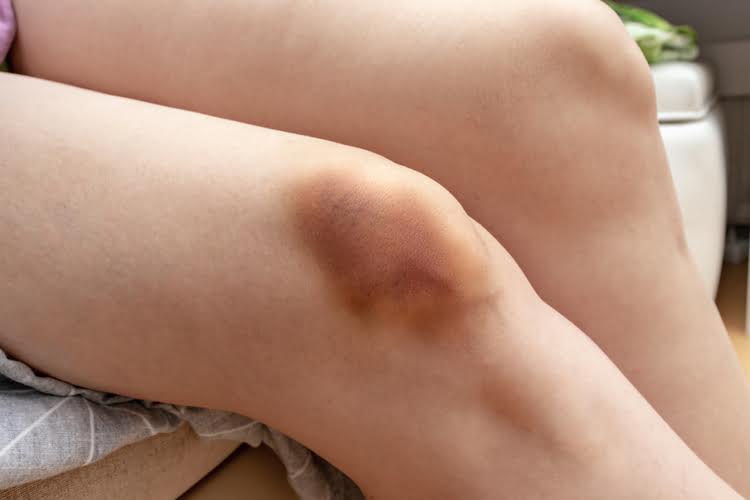That said, a variety of common teen experiences can become an excuse or reason for substance use. Understanding why some teens drink or use substances is a valuable step toward keeping them healthy and safe. The brain’s reward pathways, which encourage the repetition of activities that provide pleasure (reinforcement), are also very sensitive during adolescence.
How can I get help and support for teen substance use?
During her time with us, I assigned her a recently published review article on the potential effects of various drugs on the developing teenage brain 1. Given her aptitude and enthusiasm, I expected her to find the article accessible. However, while she understood and processed most of the material, she struggled with some of the more complex aspects of the paper. It then dawned on me that even highly capable teenagers might find it challenging to capture such crucial information about drugs and the teenage brain.
Exploring Treatment Types and Methods
It is based on data from the National Addictions Vigilance Intervention and Prevention Program. It includes self-assessments from 15,963 teenagers, ages 13 to 18, who answered questions online about their motivations for drug and alcohol use from 2014 through 2022. Teenagers who abuse substances are more likely to have mental health issues. Conversely, teenagers with mental health issues are more likely to use substances to cope with their problems. For some adolescents, however, trying a substance like alcohol, marijuana, or illicit drugs leads to regular use.
Prescription Drug Abuse
Alcohol remains the most commonly abused substance, with approximately 62% of high school seniors reporting alcohol use by graduation. When situating current data drug abuse in teens against historical numbers, there is a gradual decline from peaks observed in the late 1990s. For instance, 46.6% of students by 12th grade have tried illicit drugs at least once, down from higher rates previously recorded. Conversely, binge drinking and marijuana use continues to pose challenges, with 33% of high school seniors binge drinking recently.
What is the comparison of current and past data on teenage drug use?

Teenagers in Montana are 17.49% more likely to have used drugs in the last month than the average American teen. Teenagers in Missouri are 11.14% more likely to have used drugs in the last month than the average American teen. Teenagers in Mississippi are 8.48% less likely to have used drugs in the last month than the average American teen. Teenagers in Minnesota are equally as likely to have used drugs in the last month as the average American teen. Teenagers in Michigan are 5.27% more likely to have used drugs in the last month than the average American teen.
Teenage Drug Abuse Statistics & Facts
Understanding the factors that contribute to substance use, its potential risks, and the strategies for prevention is crucial in helping young people navigate this critical stage of life. Caregivers need to have an open line of communication with their teens and teach them about the risks of using drugs. It’s also important to know the signs of drug use and intervene early to help teens who are at risk for or have already developed substance use disorders. If your teen denies using drugs and you think they are lying, communicate the negative consequences of drug and alcohol use. Be clear that you want them to be safe and that experimenting with substances is dangerous—even if it’s just one time. If you are not able to keep the line of communication open with your teen, talk to their healthcare provider.

The teenage brain is vulnerable to the harmful effects of nicotine, alcohol rehab including anxiety and addiction. Over-the-counter (OTC) and prescription medications can be misused more easily than others because they’re often easy for teens to obtain. Diet pills, caffeine pills, and cold and flu products with dextromethorphan are just a few examples of OTC substances teens may use. They may also have access to family member’s prescriptions for drugs like opiate painkillers and stimulants or get them from friends who do.

- These recent data continue to document stable and declining trends in the use of most drugs among young people.
- While about 46.6% of teens try illicit drugs by 12th grade, the prevalence of alcohol consumption reaches nearly two-thirds.
- Ritalin may seem harmless because it’s prescribed even for little kids with ADHD.
- For help starting the conversation and finding treatment, check out the links below.
However, in 2023, there appears to be a stabilization with reported use rates showing 10.9% for eighth graders, 19.2% for 10th graders, and 31.2% for 12th graders engaging in illicit drug use within the last year. In addition, students with less engagement in school – a known risk factor for drug use – may have been less likely to participate in the survey, whether in-person or online. The Monitoring the Future investigators did see a slight drop in response rate across all age groups, indicating that a small segment of typical respondents may have been absent this year. Addiction experts, including those at the CDC, urge parents and caregivers to educate kids about the risks of using drugs alone. It’s OK to stay away from drugs and alcohol if they negatively affect you or if you’re simply not interested in trying them.
- Periods of transition in teens’ lives — like moving, divorce, puberty, changing schools, an illness or death in the family — can become a time of upheaval, leading some to attempt to find solace in alcohol or drugs.
- Life skills training and workshops that address issues of peer pressure, mental health, and coping mechanisms can be particularly beneficial.
- Some teens may feel like nothing bad could happen to them, and may not be able to understand the consequences of their actions.
- The intensity and duration of investigated treatments has varied from brief (even single-session) interventions to extended multimodal strategies.
Teen Drug Abuse: Signs, Risks, and Treatment
It’s never too late to get help, but the earlier you reach out, the better. It’s important to know that any substance has the potential to cause harm, especially for teen brains that are still growing. Vaping nicotine and smoking marijuana are often talked about as if they’re not harmful, but they can be if they impact your physical health, mental health, learning, motivation, or safety.